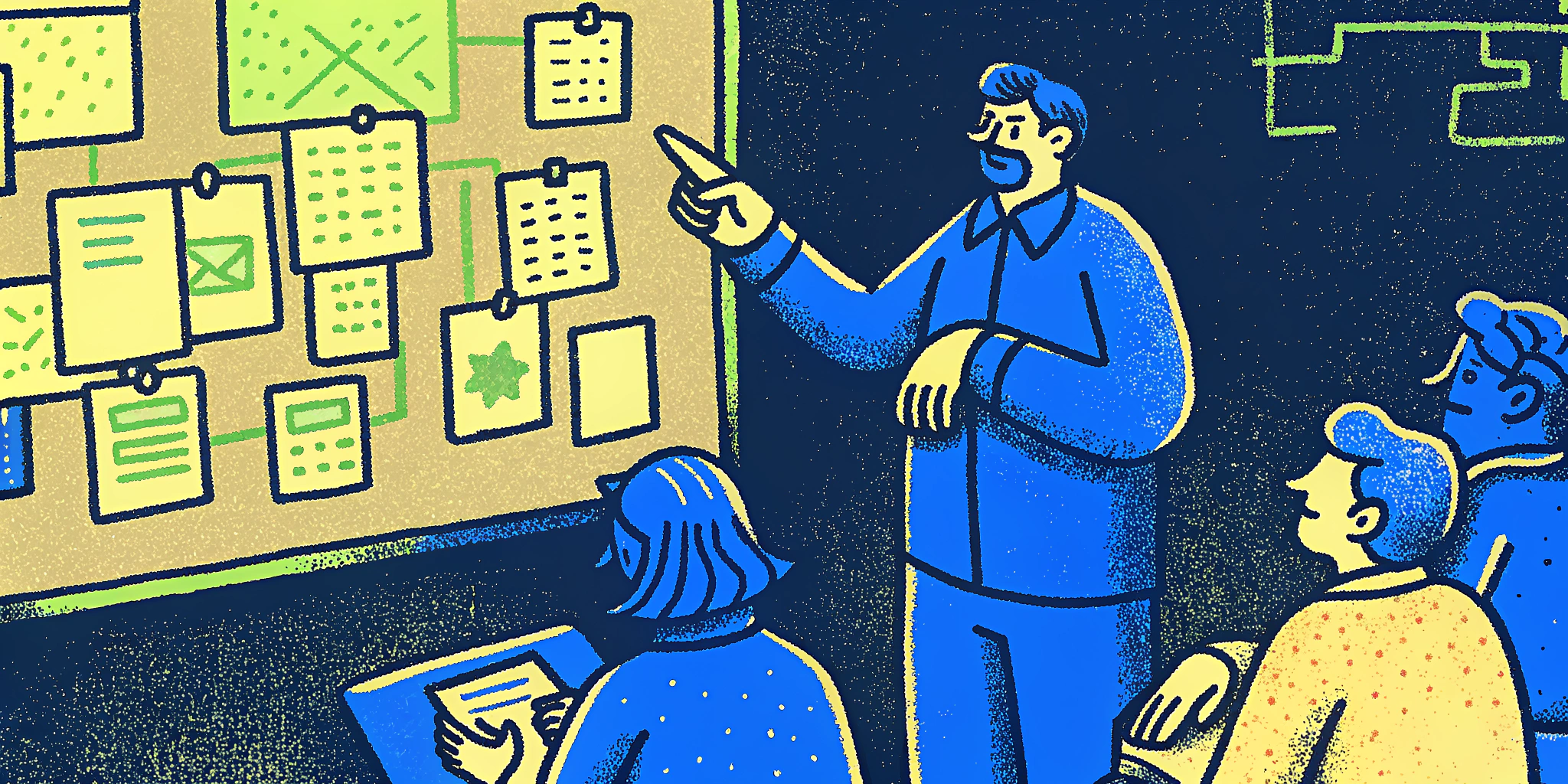Introduction: Why Estimation Questions Matter
“How many windows are in New York?” might seem like a quirky question, but it’s a classic example of an estimation problem frequently asked in interviews. Estimation questions like this test your ability to think critically, build logical frameworks, and communicate your reasoning effectively. As a hiring manager once told me, “It’s not about the answer but how you arrive at it.”
If you’re preparing for a job interview—whether it’s for a software engineer role or a business analyst position—you’re likely to encounter questions like this. The good news? These questions are not as intimidating as they seem. With the right approach, you can tackle any estimation problem confidently.
Step 1: Deconstructing the Question
What Does “How Many Windows Are in New York?” Really Mean?
At its core, this is a problem-solving exercise designed to evaluate your ability to:
- Break down a complex problem into manageable parts.
- Make reasonable assumptions based on available information.
- Communicate your thought process clearly.
Think of this question as a metaphor for tackling real-world challenges in your career. Whether you’re debugging a complex software issue or managing competing deadlines, the skills you use here are directly transferable.
Step 2: Build a Logical Framework
Breaking Down the Problem Using Assumptions
The first step is to make logical assumptions. Here’s how I’d approach it:
- Estimate New York’s population: Approximately 8.5 million people.
- Average household size: Assume 2.5 people per household.
- Average number of windows per household: Let’s say 8 windows per household.
- Non-residential buildings: Include office buildings, schools, and hospitals.
- Vehicles: Don’t forget cars, buses, and trains—they have windows too!
Using these assumptions, we can start to piece together a rough calculation.
Example Calculation Table
| Category | Assumptions | Calculation | Result |
|---|---|---|---|
| Residential Households | 8.5M ÷ 2.5 people per home | 3.4M households | 27.2M windows |
| Office Buildings | 50,000 buildings x 100 windows | Assume 100 windows per building | 5M windows |
| Vehicles | 2 cars per household | 3.4M households x 2 vehicles x 6 windows each | 40.8M windows |
| Public Transport | 10,000 buses + 5,000 trains | Average 50 windows per vehicle | 750K windows |
Total Estimated Windows in New York: 73.75 million windows
Step 3: Explain Your Thought Process Clearly
How to Communicate Like a Pro
When explaining your reasoning, clarity is everything. For example:
“I began by estimating the number of residential households based on New York’s population of 8.5 million. Assuming an average household size of 2.5 people and 8 windows per home, that gives us approximately 27.2 million residential windows. From there, I factored in office buildings, vehicles, and public transport to arrive at a total estimate of 73.75 million windows.”
This approach demonstrates:
- Logical thinking.
- Clear communication.
- A structured problem-solving methodology.
Step 4: Validate and Adjust
Cross-Checking Assumptions
Validation is key. Ask yourself:
- Are my assumptions reasonable?
- Have I overlooked any major categories (e.g., storefronts, industrial buildings)?
- How does my estimate compare with other similar problems?
If new data becomes available, be flexible and adjust your calculations accordingly. For example, if you realize the average household has 10 windows instead of 8, update your estimate and communicate why.
Step 5: Practice, Practice, Practice
Tools to Sharpen Your Estimation Skills
Just like any skill, mastering estimation takes practice. Here are some resources:
- Mock Interviews: Platforms like Ninjafy AI offer mock interview sessions tailored to situational and behavioral questions.
- Brain Teasers: Engage with puzzles and estimation exercises online.
- Interview Prep Books: Books like Case in Point are invaluable for practice.
How Ninjafy AI Can Help You Ace Situational and Behavioral Questions
Personally, I’ve used Ninjafy AI to prepare for interviews, and it’s been a game-changer. Their AI interview copilot provides real-time guidance during mock interviews, helping you refine your answers. Plus, it’s completely undetectable during live interviews, which boosts confidence without any risk.
With tools like Ninjafy AI, you can practice estimation questions, situational challenges, and even technical coding problems—all tailored to your specific industry and role.
Conclusion: Mastering the Art of Estimation
Estimation questions like “How many windows are in New York?” are designed to test your problem-solving abilities, logical thinking, and communication skills. By following the 5-step process outlined in this guide, you’ll be well-prepared to tackle these challenges head-on. Remember:
- Break the problem into manageable parts.
- Build a logical framework with reasonable assumptions.
- Communicate your reasoning clearly and adjust when necessary.
- Practice consistently using tools like Ninjafy AI.
Estimation questions are not about perfection—they’re about demonstrating your thought process. With enough practice, you can approach them with confidence and precision.




